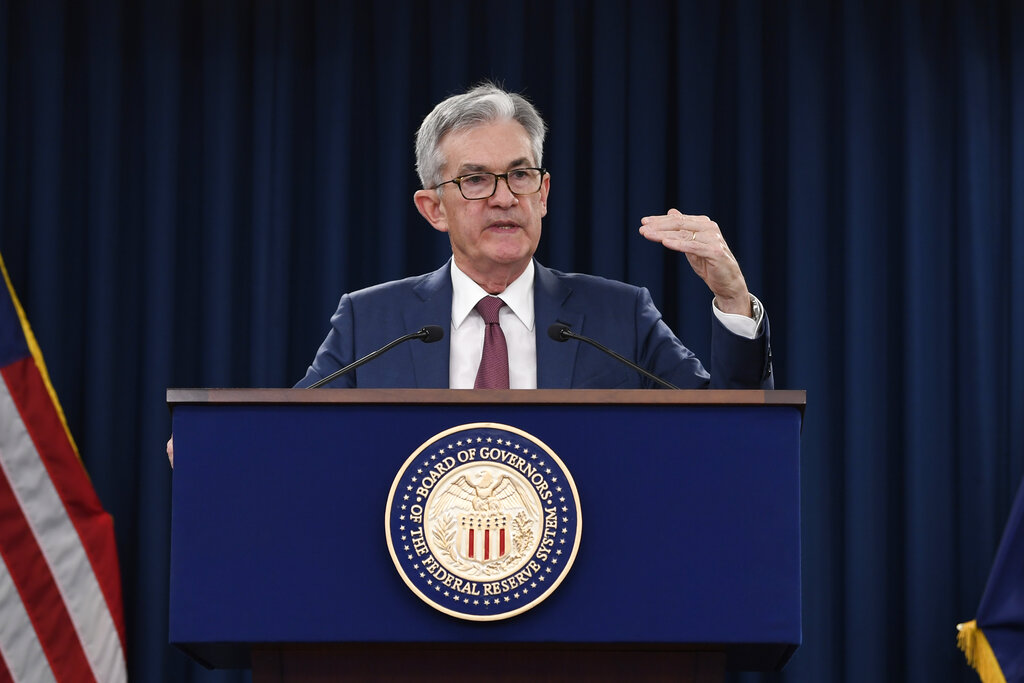The Federal Reserve left interest rates unchanged and near zero on Wednesday as the US central bank projected a gradual economic recovery from the pandemic-induced recession.
In their first economic projections this year, Fed officials indicated that they expected the unemployment rate to end 2020 at 9.3 per cent and remain elevated for years, coming in at 5.5 per cent in 2022. Output is expected to be 6.5 per cent lower at the end of this year than it was in the final quarter of 2019.
The new forecasts predict a much slower path back to economic strength than the Trump administration — and perhaps the stock market — seems to expect as the economy climbs out of a virus-spurred downturn. The Fed skipped its quarterly economic summary in March as the pandemic gripped the United States, sowing uncertainty as business activity came to a near standstill.
“The ongoing public health crisis will weigh heavily on economic activity, employment, and inflation in the near term, and poses considerable risks to the economic outlook over the medium term,” the Fed said in the post-meeting statement that accompanied the data outlook.
The Fed said that it will continue buying government-backed debt “at least at the current pace” to sustain smooth market functioning, and that it “will closely monitor developments and is prepared to adjust its plans as appropriate.”
Fed Chair Jerome H. Powell will hold a news conference at 2:30 pm, where he is expected to discuss the economy’s trajectory and the Fed’s plans to support the recovery.
The pledge to keep monetary policy loose until the US economy is back on track repeats a promise made early in the central bank’s response to the pandemic. That response included cutting its key overnight interest rate to near zero in March and making trillions of dollars in credit available to banks, financial firms, and a wide array of companies. But the projections are the first issued since December, and offer policymakers’ views on how fast employment and economic growth might recover.
On Wall Street, which had been near unchanged ahead of the Fed statement, stock prices rose, with the benchmark S&P 500 Index gaining by 0.3 per cent. Treasury security yields rose and the dollar fell against the euro and yen.










